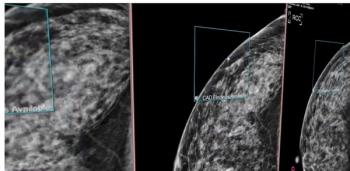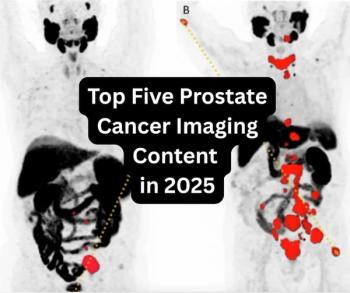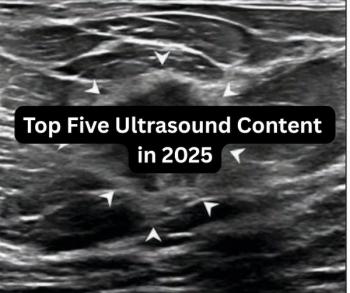Brain MRI Study Assesses Impact of AI in Differentiating Radionecrosis from Neoplastic Progression of Metastasis
Convolutional neural network-enabled segmentation of brain MRI offered a 25.7 percent higher specificity than a radiomic model for differentiating radionecrosis and metastatic progression in patients treated with stereotactic radiosurgery for brain metastases.
While overlapping features on magnetic resonance imaging (MRI) may make it challenging to differentiate between radionecrosis and metastatic progression in patients treated with stereotactic radiosurgery (SRS), artificial intelligence (AI) may have an impact in resolving this diagnostic challenge.
In a
The researchers found that the combined assessment of 3D T1 post-contrast MRI (T1c) and 3D T2 fluid-attenuated inversion recovery (FLAIR) imaging assessment via a radiomics model yielded an area under the receiver operating characteristic curve (AUROC) of 81 percent, sensitivity of 86.7 percent, accuracy of 79 percent and specificity of 60 percent.
In contrast, the study authors noted that combined assessment of T1ce and FLAIR imaging via convolutional neural network-enabled brain segmentation yielded similar sensitivity (87.8 percent) but an 8 percent higher AUROC (89 percent), 7.9 percent higher accuracy (86.9 percent) and 25.7 percent higher specificity (85.7 percent) for differentiating between radionecrosis and metastatic progression.
“Integrating artificial intelligence models with conventional MRI offers a promising non-invasive approach, potentially revolutionizing diagnostic methodologies in this challenging clinical context,” wrote lead study author Gaia Ressa, M.D., who is affiliated with the Department of Biomedical Sciences at Humanitas University in Milan, Italy, and colleagues.
(Editor’s note: For additional coverage from the RSNA conference, click
While noting that post-surgical histological determination is currently the gold standard for differentiating between radionecrosis and metastatic progression, the researchers maintained that their study findings may have a significant impact upon the monitoring of patients who have undergone stereotactic radiosurgery for brain metastases.
“(Artificial intelligence models) have the potential to enhance patient management strategies and reduce unnecessary neurosurgical interventions,” emphasized Ressa and colleagues.
Reference
1. Ressa G, Levi R, Savini G, et al. Artificial intelligence accurately differentiates radionecrosis from true progression in brain metastasis treated with stereotactic radiosurgery: analysis of 104 histologically assessed lesions. Poster presented at the Radiological Society of North America (RSNA) 2024 110th Scientific Assembly and Annual Meeting Dec. 1-5, 2024. Available at:
Newsletter
Stay at the forefront of radiology with the Diagnostic Imaging newsletter, delivering the latest news, clinical insights, and imaging advancements for today’s radiologists.





























